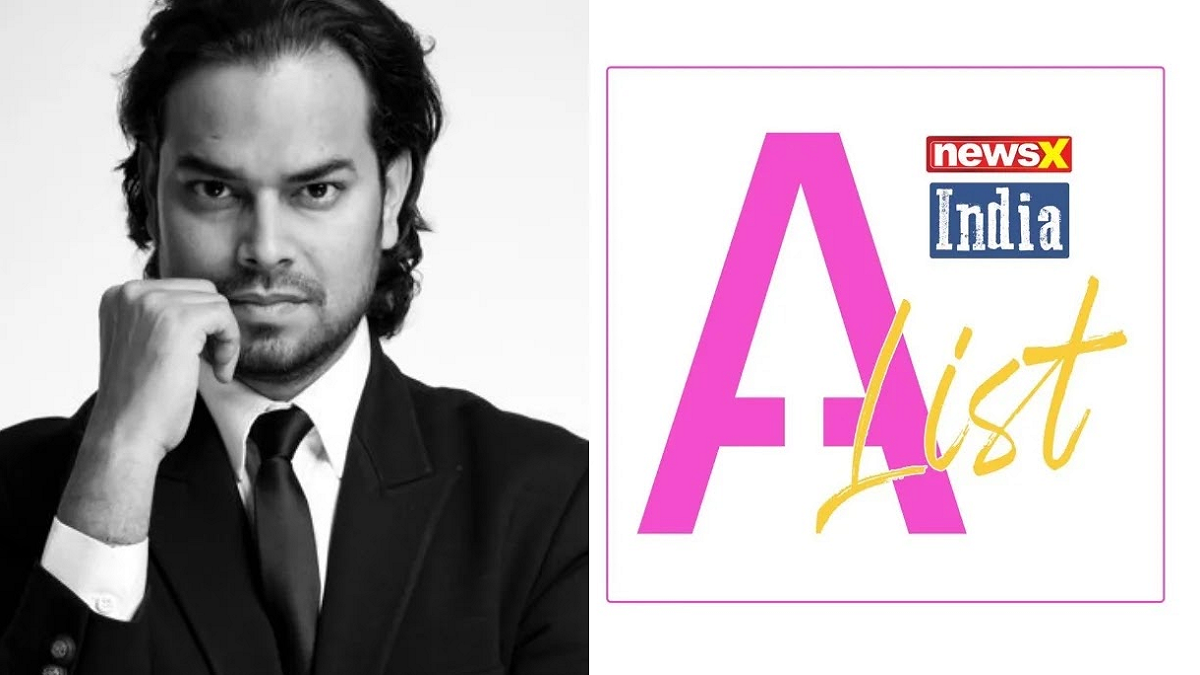


Indian fashion design extraordinaire Rahul Mishra recently joined NewsX for an exclusive interview. The first Indian to be awarded the coveted International Woolmark Prize, Rahul is a man of immense talent. In spite of the current pandemic, he’s been able to launch a new clothing line, ‘Butterfly People’.
“I had this idea that the workers would like to work from home, and so when they came back I jokingly asked them, “How’s this?”, and they said that it’s really great. It kind of struck me; most of the craftspeople wanted to come back. They don’t work just to earn, they create beautiful things. I saw a lot of videos of people migrating, gathering in large numbers, trying to go back home from the cities, and I thought that this is such a fragile system. Butterflies are one of the most fragile organisms. I felt like I was the gardener during these difficult times, trying to grow flowers on a piece of fabric, and the butterflies were able to obtain vitality and nutrition from the flowers, and they in return also pollinate my garden.”
Rahul’s work has been covered all across the world, from the New York Times to The Telegraph. Speaking on his global success, Rahul focuses on the Indian identity of his creations, and on the positive impact of his work. “One thing we have learnt from European countries, after industrialisation is, to create a brand. It’s about creating a brand out of India, India’s values. We’re not just working for profit. For us a brand is about how many people it can help. People around the globe appreciate this humanness, this transparency, especially for things made by humans, not made in the factory.”
Growing up in Malhosi, a small village near Kanpur, Rahul has a particularly unique perspective. He says he has a special relationship with his ‘karegars’, and attributes this to his upbringing. “I grew up in a small village close to Kanpur, Malhosi. I had my schooling in a school with a thatched roof, we used to sit on the jute cloth, it was the way of the times. I think it’s important to look at the dreams of people. It’s about sharing those dreams, working together to achieve them.”
He’s a dreamer, and he’s not afraid to admit it. “I’ve got this dream of being able to help millions of people through art and craft and fashion, because India has got people who are talented at weaving, embroidery, etc. We tend to look at our population as a negative thing, but it can actually be good in this way.” Rahul explains how his work can create up to 5,000 hours of employment. With this, he aims to help those in need and uplift the weakest among us.
Rahul’s advice for fashion designers during these difficult times is to be selfreliant. He says fashion is often a “chicken and egg” situation, with designers starting work only when the orders come in. He wants designers to start working on their own. “If business is less nowadays, then make use of that time. Focus on other things. Start making things, start working on it, so that once the markets are open you’ve got a product, a story to tell people.”
Rahul also believes that rural workers can be the key to India’s fashion industry. “They’ve got beautiful houses, they can take care of their elderly and the young, and they can work from home,” he says talking about the large number of workers in rural areas. Rahul shares the story of a group of slum dwellers in Dharavi and how he worked towards reversemigrating more than 100 people “They’re forced to live in slums and work in cities. I think reverse migration is something we really need to look at, and bring work to them, not them to the work.”